The Seneca Falls Convention is famous in women’s history for being the event that sparked the suffrage movement in the United States, and made votes for women the primary focus of the burgeoning women’s rights movement. Held in Seneca Falls, New York, in 1848, it was the first convention devoted exclusively to women’s rights.
Read on to find out the snub against women activists that spurred them to create their own convention, and how this one small gathering resulted in a suffrage movement that quickly swept across the United States and brought a once-radical idea into the general public’s eye for the first time.
The Rise of the Women’s Rights Movement
In Western society up until the 19th century, women were considered to belong to the private sphere and have no place in public life or politics. Women could not own or inherit property, sign contracts, or write their own wills, let alone vote.
Giving women the vote was not considered except to ridicule the idea.
Related: The Law Of Coverture: Why Call A Woman By Her Husbands Name?
A Protestant revival movement called the Second Great Awakening in early 19th century US is thought to have been an inciting influence on the women’s rights movement. Women made up the majority of new religious converts in the movement, though it’s still not known exactly why. The influential role of women in the movement challenged the traditional role of women in society, including making public speaking more common for women.
Women were also involved in the abolition movement, and there were several women at the time who traveled and gave lectures about abolition and other topics, including Lucy Stone, the Grimke sisters, Ernestine Rose, and Sojourner Truth. Though they spoke on many topics besides women’s rights, the mere fact that they were speaking in public to mixed-gender audiences was revolutionary at the time.
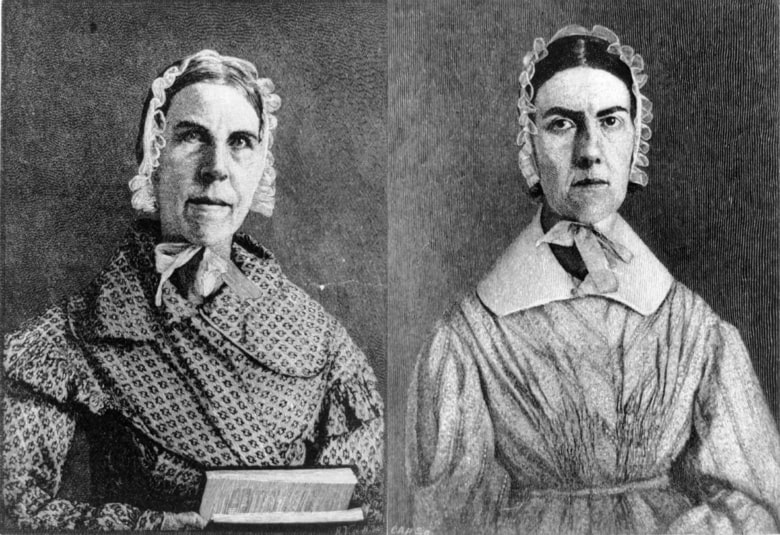
Some prominent abolitionists including William Lloyd Garrison encouraged women to participate in anti-slavery associations and conventions.
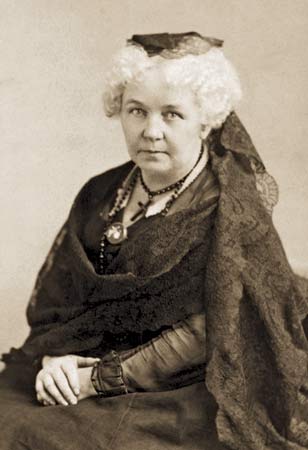
However, most abolitionist men didn’t welcome the participation of women, and believed that it wasn’t their place to be involved in politics, social issues, or public speaking. In one instance, a group of women including Lucretia Mott and Elizabeth Cady Stanton traveled as delegates to attend the first World’s Anti-Slavery Convention in 1840 in London, but were not allowed to speak or vote at the meeting.
The male attendees debated for an entire day about the women even being allowed to enter the building!
Frustrated by being shut out of the abolition movement they had devoted their lives to, Elizabeth Cady Stanton and Lucretia Mott resolved to hold their own convention, one that focused exclusively on the rights of women.
Seneca Falls Convention Leaders: Who Organized the Convention?
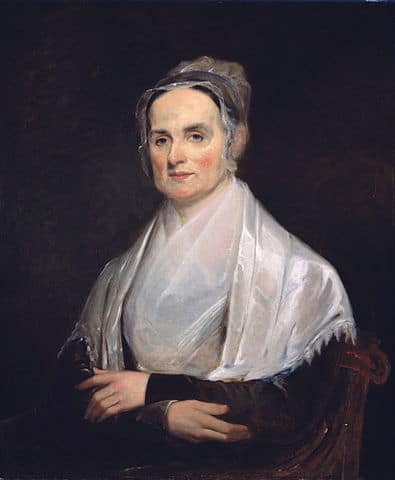
In 1847, Lucretia Mott was traveling in the Seneca Falls area of New York where Elizabeth Cady Stanton lived. Stanton saw her chance and gathered a group of local progressive Quaker women to organize a women’s rights convention while Lucretia Mott was in the area to serve as key speaker.
The convention would span two days, and have six sessions including lectures and discussions.
In preparation for the convention, Stanton and the Quaker women drafted a document called the Declaration of Sentiments and Resolutions. Each woman had her say in creating the list of resolutions, addressing topics including education, work, religion, and the role of women in their families. At the convention, the resolutions would be debated, modified, and then signed by attendees.
After the resolutions were drafted but before the convention, Stanton added a line on her own about women’s voting rights:
Resolved, that it is the duty of the women of this country to secure to themselves their sacred right to the elective franchise.
Elizabeth Cady Stanton, Declaration of Sentiments and Resolutions
See: Full text of the Declaration of Sentiments and Resolutions
What Happened at the Seneca Falls Convention?
At the Seneca Falls Convention, 300 men and women gathered for two days to attend lectures and discuss the drafted Declaration of Sentiments and Resolutions, which they would all sign at the end. Only women were allowed to speak on the first day, while men and women attended and participated on the second day.
Now, in view of this entire disfranchisement of one-half the people of this country, their social and religious degradation, – in view of the unjust laws above mentioned, and because women do feel themselves aggrieved, oppressed, and fraudulently deprived of their most sacred rights, we insist that they have immediate admission to all the rights and privileges which belong to them as citizens of these United States.
Declaration of Sentiments and Resolutions
While the attendees of the convention only made minor changes to most of the resolutions of the declaration, there was heated debate over Stanton’s added resolution about women’s right to vote.
Many of the women feared that demanding the right to vote would cause the whole document to be disregarded as too radical.
Stanton’s own husband, a politician, left town so he wouldn’t be associated with such an unpopular cause, and even Lucretia Mott protested, telling her “Why Lizzie, thee will make us ridiculous.”
However, famous abolitionist Frederick Douglass, the only African American at the convention, gave an impassioned speech in favor of Stanton’s resolution, saying that he wouldn’t accept voting rights for himself (African Americans could not vote until the 15th amendment passed in 1870) if women didn’t also get them.
After Douglass’s moving speech, the resolution passed with a majority of votes. One hundred (68 women and 32 men) of the 300 attendees signed the Declaration complete with Stanton’s resolution.
Seneca Falls Convention Significance
So, what were the results of the Seneca Falls Convention?
News of the conference and the Declaration spread quickly, with newspapers across the United States reporting the story with a mix of positive and negative reactions. Similar conferences were held around the country as soon as two weeks later, with Lucretia Mott serving as featured speaker at a similar conference in upstate New York.
Contemporary suffragists held different viewpoints on the significance of the Seneca Falls Convention. Some, like the founder of New England Woman Suffrage Association Paulina Wright Davis, held the conference in the same vein as other women’s rights conventions of the time.
Elizabeth Cady Stanton, who co-wrote History of Woman Suffrage, wrote in the book that she considered the conference to be the spark that set off the entire suffrage movement.
Historians today consider the spread of the Declaration of Sentiments to have had a major influence on popularizing the idea of votes for women, and turning the focus of the women’s rights movement from temperance and property rights to women’s suffrage. Historian Judith Wellman called it “the single most important factor in spreading news of the women’s rights movement around the country in 1848 and into the future.”
Next, read about The New Woman & Her Bicycle: Why Did Victorian Men Fear Women on Bikes? or Amelia Bloomer: Temperance, Suffrage, and Rational Dress Advocate.
Keri is a blogger and digital marketing professional who founded Amazing Women In History in 2011.

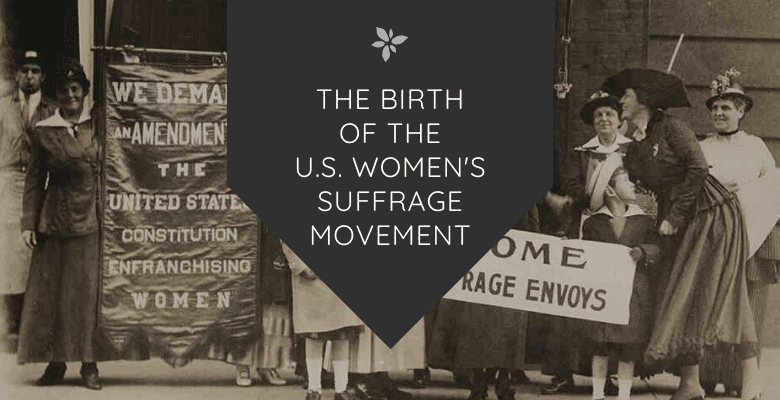
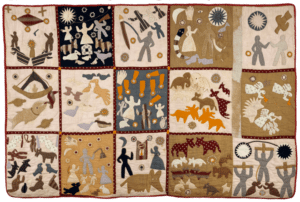
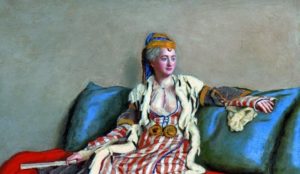
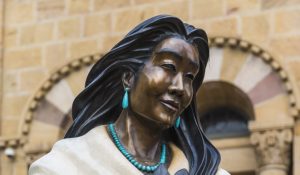

Leave a Reply